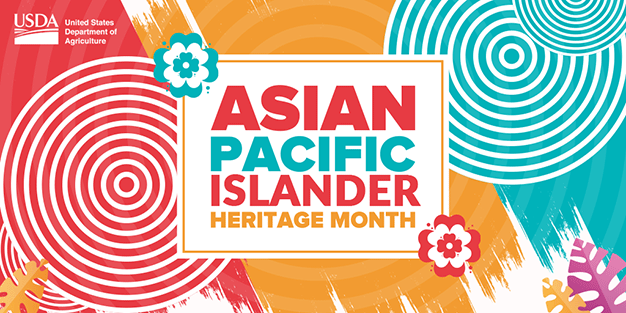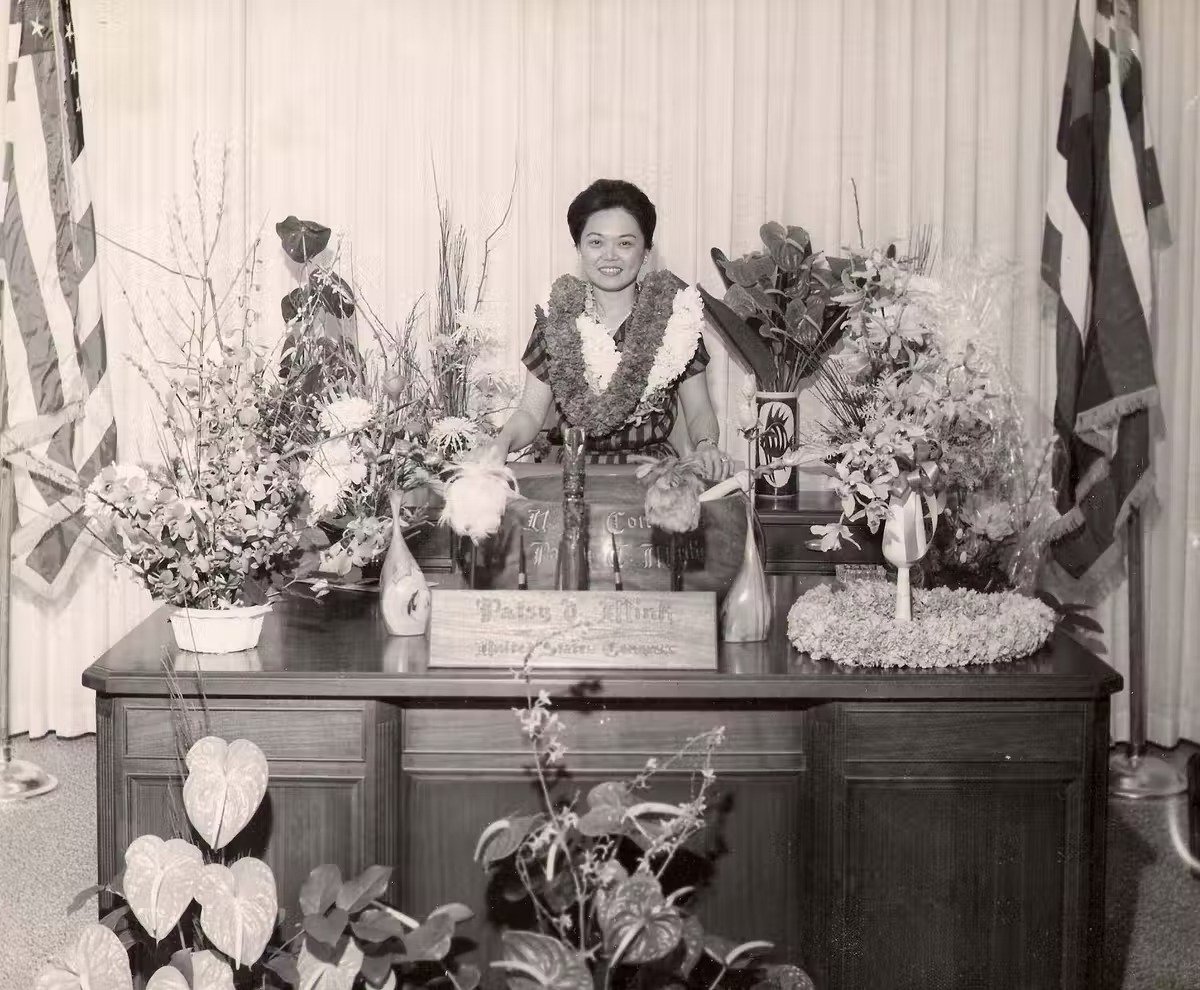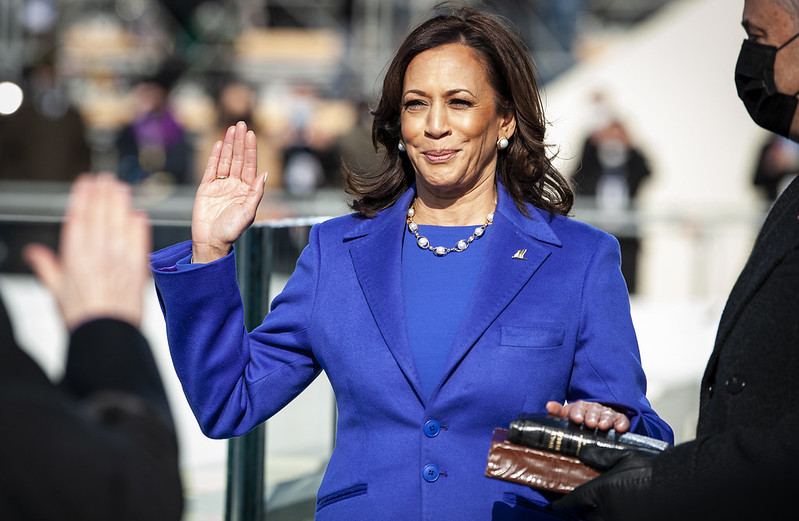
May marks the start of Asian American and Pacific Islander (AAPI) Heritage Month in the United States. The month-long observation celebrates the achievements and contributions of AAPI communities in America. The broad term includes 50 ethnic groups that speak over 100 languages and have roots in more than 40 countries. They include those with connections to China, India, Japan, the Philippines, Vietnam, and Korea.
This year's theme — Advancing Leaders Through Collaboration — highlights the work of AAPI lawmakers. Here are two pioneers who have dedicated their lives to serving the nation.
Patsy Takemoto Mink
Patsy Takemoto Mink, a third-generation Japanese American, overcame gender and racial discrimination to emerge as one of her generation's most powerful US lawmakers. Mink's political career began in 1956 when she became the first Japanese-American woman to be elected to Hawaii’s House of Representatives. In 1964, the then 37-year-old made further history as the first woman of color elected to the US House of Representatives and the first Asian-American woman to serve in Congress.

During her 24-year tenure in Congress — served in two phases: from 1965 to 1977 and from 1991 to 2002 — Mink fought hard for the rights of immigrants, women, and children. Her most notable achievement was the passage of Title IX of the Educational Amendments Act of 1972. Now called the Patsy T. Mink Equal Opportunity in Education Act, it banned gender discrimination in higher education.
The law also stipulated that women and men be provided equal opportunities in college athletics. Before the passing of Title IX, collegiate sports were largely reserved for men. Mink also introduced the first comprehensive Early Childhood Education Act. The law provides federal funding for services for children from birth to preschool.
Mink died at the age of 74 on September 28, 2002. She was inducted into the National Women's Hall of Fame in 2003 and honored with the Presidential Medal of Freedom by President Barack Obama in 2014.
Kamala Harris
Patsy Mink's relentless efforts to achieve gender and racial equality helped blaze the path for Kamala Harris — the nation's first Black, South Asian, and female vice president. The eldest of two children, Harris was born in Oakland, California, on October 20, 1964.
Her mother, Shyamala Gopalan, was a cancer researcher from India, and her father, Donald Harris, was an economist from Jamaica. The couple separated when Harris was seven. But her mother, with whom she and her sister lived, embraced both the South Asian and African American cultures.

Harris began her law career in 1990 as a deputy district attorney in Alameda County, California. From 2004 to 2010, Harris served as San Francisco's first African American, first South Asian woman, and first female district attorney. In 2017, Harris began her first term as California's first African American and South Asian senator. She was also the first Indian American to serve in the US Senate.
The two incredible women have helped clear the way for female empowerment and progress and are great inspiration for young girls everywhere.
Happy Asian American and Pacific Islander Heritage Month!
Resources: USonrace.com, facinghistory.org, the conversation.com, History.com, theyappie.com&
